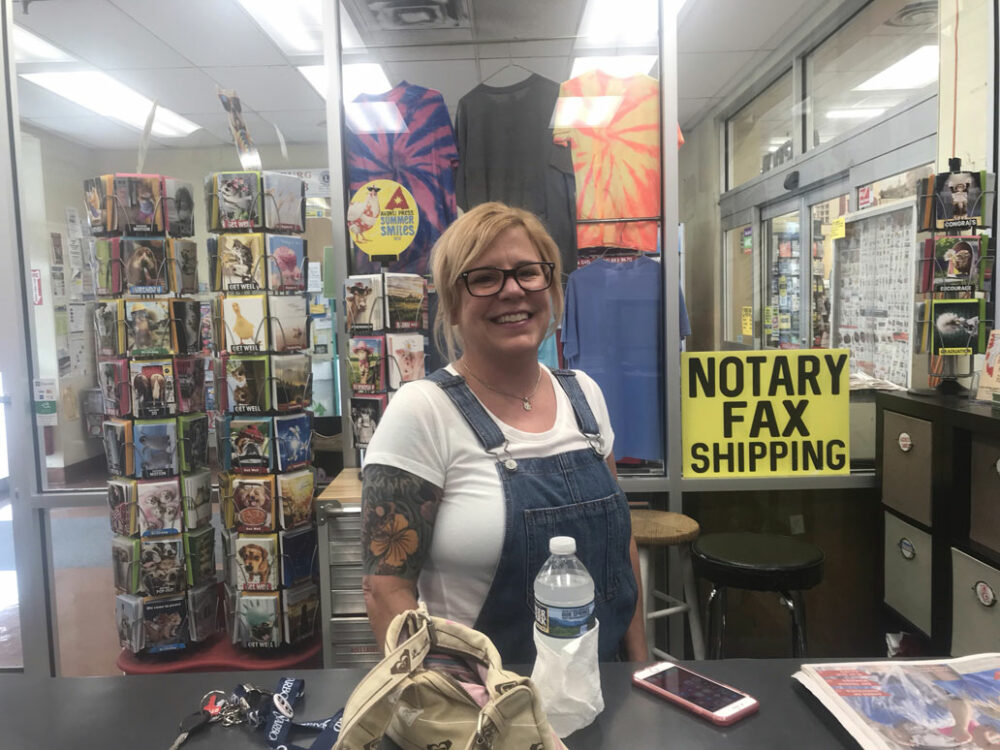Rescued: Furry and Furever Loved
Michele Tester
Pam Ryan of Thurmont has adopted from shelters many times before, but she had never adopted through a rescue organization. That is, until Josie. The main difference between shelters and rescue groups is that shelters are usually run and funded by local governments, whereas rescue groups are funded mainly by donations and most of the staff are volunteers.
“These people, like all the other organizations, save so many animals from overcrowded shelters, as well as those that have been lost, abandoned, and abused. There are groups that fly the animals in from shelters all over the United States and beyond, as well as groups that arrange for transports state by state until the animals arrive at their destinations to hopefully find good homes. The volunteers work very hard in whatever spare time they have and operate through donations to give these animals the good care they need until, hopefully, they find their loving and forever homes,” said Pam.
Josie, a dilute calico, approximately a year old at that time, came to Pam from Sarah, who is the owner of Furever Love Rescue in Hedgesville, West Virginia. Josie was a stray that showed up one day at the rescue, sitting on top of their fence. She was brought inside with the other cats and dogs that were up for adoption. Sarah considered keeping her, but Josie was very rambunctious and a pest to all the other animals, many of whom were older and wanted no part of this exuberant cat. So, Sarah decided that Josie would be better off in a loving home of her own.
“Let me just say…..she is a real pest and very mischievous, and, luckily, her dog sister Lexi puts up with her!” laughed Pam.
A home visit was made to see the environment in which Josie would be living. Pam’s loving home passed, and the adoption went through. Josie was brought to live with Pam the following weekend.
“Josie was a perfect fit and has been with us for almost three years now. My dog, Lexi, and her are best buddies and play together all the time. I think Josie thinks she’s a dog. She chases us through the house and fetches her little pom pom balls, just like a dog would,” said Pam, smiling, “Josie doesn’t let Lexi out of her sight, and vice versa. They are truly best friends. She is very vocal and loves to talk, purring loudly. I would say she is a very happy cat and loves her home.”
Pam has always adopted through shelters and now through a rescue. “I’ve had some amazingly wonderful cats and dogs over the years. I truly believe that just because an animal ends up in a shelter, it doesn’t mean that they have something wrong with them or can’t be loved. I believe they are all so very special and seem to know that you saved their life and gave them the loving home they so deserve. They love you unconditionally.” It doesn’t get much better than that.


